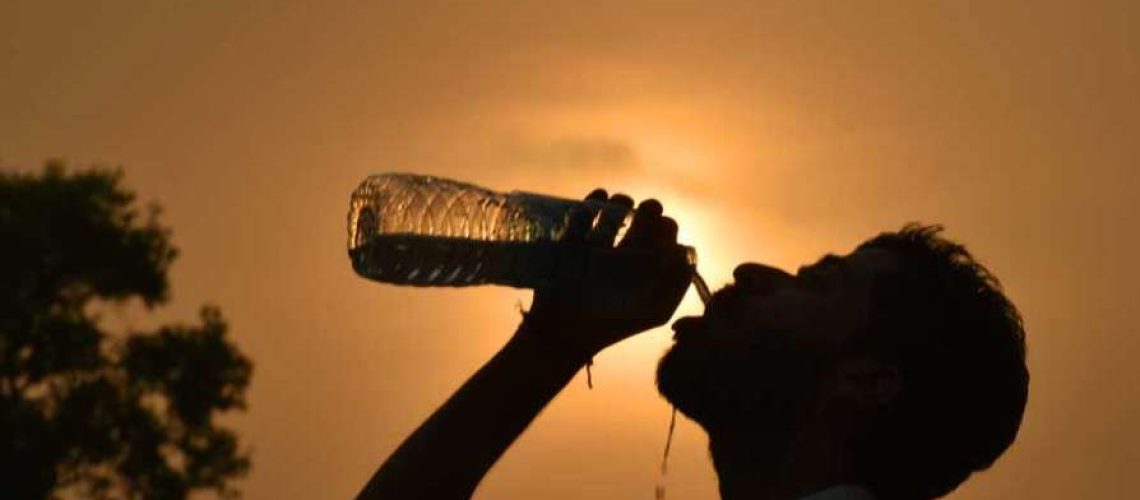The Emirati summer is now well and truly upon us, and it will stay with us over the coming months. Relaxing by the pool or at the beach is a must-do activity for many. But too much of a good thing can be dangerous. Exposure to extreme heat and excessive sun can pose a danger. People exposed to abnormal or prolonged amounts of heat and humidity are at risk of suffering from a range of heat-related illness. While most of these illnesses are uncomfortable but temporary, more severe cases can result in permanent injury and even death. Knowing how to prevent and treat heat-related illnesses is essential for protecting yourself and your family.
When the human body gains more heat than it can lose, it begins to display symptoms ranging from rashes, cramps and dizziness to fainting, coma and even death.
When your body can’t cool itself down, your temperature quickly rises, and you can become very ill. Around a third of all heat-related deaths are caused by exposure to excessive natural heat. Outdoor pool users, beach-goers, and of course lifeguards are particularly at risk.
People who are most at risk for heat-related illnesses include infants and young children, the elderly and those with certain medical conditions such as heart conditions and high blood pressure. Individuals who are taking medications that affect sweat production are also at a higher risk, as are those drinking alcohol or using drugs. People who work or exercise in hot environments are also at greater risk of developing heat-related illnesses.
Fortunately, these illnesses can be prevented by taking a few simple precautions. Taking breaks in the shade or indoors, increasing your fluid intake and staying hydrated, and wearing sunscreen and lightweight clothing are all effective ways to avoid excessive heat exposure. Although not always possible, avoiding the outdoors during the hottest times of the day is another way to prevent heat-related illnesses – look to find shade between 11 am and 3 pm to prevent over-exposure.
For pool and beach users, and particularly lifeguards, knowing how to administer quick effective first aid for heat-related illnesses can mean the difference between life and death. Although not considered a heat-related illness, sunburn can be the first sign that a person has had too much exposure. Heat cramps, heat exhaustion and heat stroke, are the three stages of heat-related illness, with each increasing in severity. Knowing and being able to recognize the different types of heat-related illnesses and their symptoms can help you administer the proper first aid methods quickly.
Sunburn
While sunburn is not, in itself, immediately life-threatening, it can be the first sign that your body is being exposed to excessive heat and sun. Sunburn occurs when the skin becomes burned by the sun’s ultraviolet rays. Sunburn usually heals quickly and without the need for medical assistance. However, more extreme cases may require medical attention.
Common symptoms of sunburn include:
– Red, painful and incredibly warm skin.
– Swelling of the burned area.
– Chills, nausea and headaches with more severe sunburns.
Treatment:
There are several things you can to alleviate the pain and discomfort of sunburn.
– Stay out of the sun while the sunburn heals.
– Applying cool compresses or water to the affected area (but not ice).
– Applying moisturizing lotion to the sunburned area.
While most cases of sunburn don’t require medical attention, certain ones do. Seek medical attention for sunburns involving:
– Babies under one year old.
– Blisters covering more than 20% of the body.
– There is a fever present
– There is severe pain, signs of dehydration (such as dark or reduced urine), thirst, dry mouth, dizziness and fatigue.
Heat Cramps
Heat cramps are the least severe of the three types of heat-related illness. They usually affect people who do strenuous exercise and sweat excessively in hot and humid weather. They occur when the body’s supply of salt and moisture get too low. Heat cramps can also be an early symptom of heat exhaustion and can occur hours after the activity has ended.
Symptoms of heat cramps include:
– Feeling as if you have pulled your muscles. Heat cramps usually start in the legs.
– Painful muscle spasms or pains occurring in the legs, arms, and abdomen.
– Skin will usually feel cool but sweaty, but the body temperature remains normal.
Treatment:
For most cases of heat cramp, medical attention isn’t needed. There are a few simple methods that can alleviate painful heat cramps. These include:
– Stopping the activity and resting in a cool, shady place to prevent more serious heat-related illnesses.
– Drinking water, fruit juice or sports drinks with electrolytes.
– Gently stretching cramped muscles.
Heat Exhaustion
Heat exhaustion is the second stage of heat-related illness. It occurs when the body’s moisture and salt supplies are depleted through excessive sweating. People with high blood pressure, the elderly and those who work or exercise in extreme heat are most prone to heat exhaustion. If left untreated, heat exhaustion can lead to heat stroke, which can be fatal.
Common symptoms of heat exhaustion include:
– Nausea
– Profuse sweating
– Vomiting
– Headache
– Fainting
– Muscle Cramps
– Dizziness
– Weakness
– Tiredness (they may look like they’re falling asleep)
– Clumsiness
– Giddiness
– Extreme Thirst
– Pale, cool and clammy skin
– Fast, shallow breathing
– Rapid, weak pulse
– A fever over 100.4 degrees may be present
Treatment:
Heat exhaustion requires immediate first aid treatments and may also require emergency medical attention.
Encourage the casualty to:
– Sip cool, non-alcoholic liquids.
– Change into loose-fitting lightweight clothing.
– Taking them to a cool, shady area (preferably in air-conditioned).
– Taking a cool shower, bath or sponge bath.
– Resting.
Monitor anyone who shows symptoms of heat exhaustion. If left untreated, heat exhaustion can lead to the more severe heat stroke. Fortunately, there is a 100% survival rate for heat exhaustion when quick, effective first aid is administered. If after 5 to 10 minutes of administering treatment the person has not improved, seek emergency medical attention immediately by calling 998. Intravenous fluids may be necessary.
Heat Stroke
Heat stroke is the third and final stage of heat-related illness, and it’s the most severe. Heat stroke occurs when the body’s temperature quickly rises and is unable to cool through sweating. Body temperature can quickly rise to over 104 degrees. Knowing the signs of heat stroke and how to treat a casualty is essential for keeping them alive. Heat stroke can quickly become fatal and requires immediate emergency medical attention.
Common symptoms of a heat stroke include:
– Warm, dry skin
– Rapid pulse
– Loss of appetite
– Confusion
– Agitation
– Headache
– Fatigue
– Fever over 104 degrees
– Dizziness
– Nausea
– Vomiting
– Tiredness
– Loss of consciousness
– Seizures
Coma, permanent brain damage, organ failure, and even death can occur if heat stroke is not treated immediately. It’s essential you call 998 and stay on the line to receive medical advice if needed.
Treatment:
Starting the cooling process dramatically increases the chances of a positive outcome. Move the casualty to a cool place, preferably air-conditioned. Use water placed against the skin which helps conduct heat away from the body.
– Call 998 immediately. Treat the casualty while awaiting medical professionals.
– Remove excess clothing and wet the person down with cool water (sponges are useful for this). Fan the skin.
– If the person is alert and able to drink, offer cool fluids.
– Apply cold packs or cool, wet towels to armpits and groin area (these are areas of the body where blood flows close to the skin surface and benefit most by being cooled)
Be prepared to give CPR if the person stops breathing.
Pocket masks and face shields are important to have in case you need to administer CPR. These items are particularly important during the present Covid-19 pandemic.
Prevention is key
Some simple prevention tips that you and your family can follow to stay “heat safe” are:
– Drink plenty of non-alcoholic, non-caffeinated beverages when spending time outdoors during the summer.
– Wear sunscreen with an SPF of at least 30, applied at least 30 minutes before sun exposure; reapply every two hours, or sooner if you’ve been sweating or swimming.
– Wear sunglasses and a hat to get better sun protection. Use an umbrella to provide shade and relief from the heat.
– Avoid strenuous exercise or excessive outdoor exposure between 11am and 3pm.
– Pay close attention to babies, young children, the elderly, or those who have pre-existing medical conditions.
Following these simple steps will ensure that you and your family can enjoy the beautiful summer weather while staying “heat safe”. If you have any question or enquiry, contact a member of our team.






